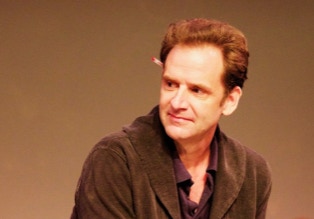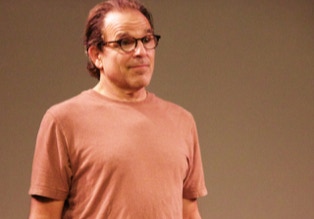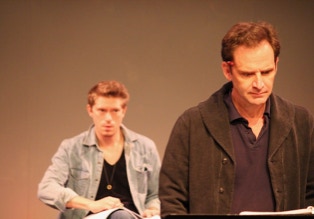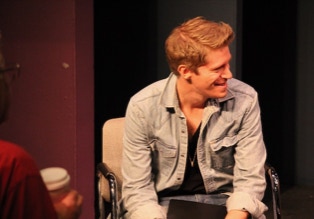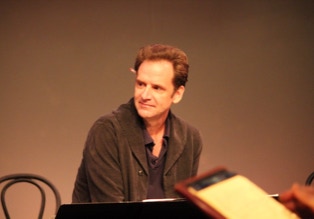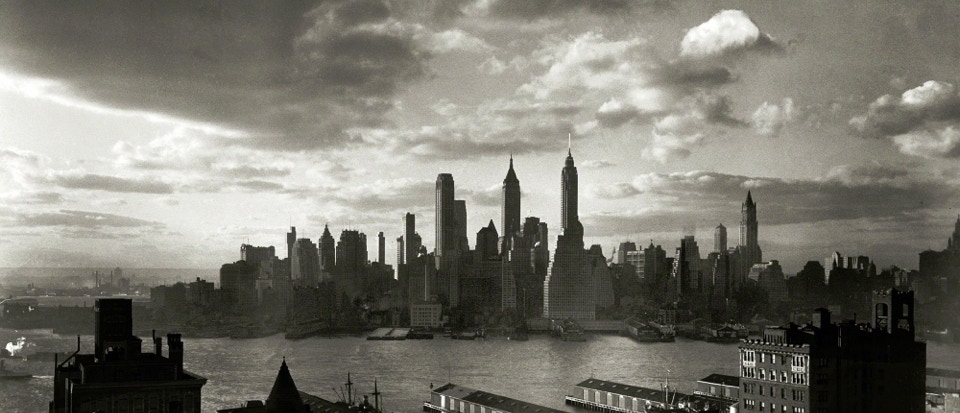… It was for me immensely moving for so many reasons and on so many levels. You have captured a great deal of how I feel about life and music from this vantage point of my life… I was struck by your ability to conjure or reincarnate another time, resonantly and sometimes painfully so.
Michael Feinstein
Living in the Afterglow
In the opinion of some, beginning in the 1920s and ending with the United States’ entry into the war at the end of ’41, New York City enjoyed an explosion of talent rivaling that of Renaissance Florence.
The characters of Songbook live in the afterglow of that explosion, a generation before Stonewall, privileged perhaps by talent and background, ‘discreet in public, candid in private’ as one of the characters puts it, navigating the city as they search for what is permanent in a hostile and ephemeral world.
The Workshops
The play was my last collaboration with the director Vivian Matalon before his death in 2018. During our long time of living together, he directed all of my work. Songbook was presented in two workshops at the York Theater on East 54th Street, where Souvenir began.
Under Vivian’s customarily exact, and exacting, direction I was fortunate to see the play acted by four gifted actors - when Bob Stillman was unavailable for the second workshop, the role of Sam - who must not only sing but play the piano - was played by Malcolm Gets. While watching Vivian rehearse one day I realized that there was little chance of completing the play but that the story could perhaps form the basis of a novel, a different way of telling it.

A Marriage Play
It is my marriage play, though the word is never used.
A play about love, and devotion, and singing, and all the songs we use to say those things to each other we don’t have the words to say for ourselves.
Spanning a period of more than fifty years in New York City - from 1949 to 2010 - it explores the lives of three remarkable men, together and apart, and of their legacy, what from among and between them they are able to pass on to a new generation.
